Can you imagine giving birth without the help of modern medicine or technology?
Before hospitals, before running water, before electricity, before pain medicine, before everything that so many modern women count on for their own deliveries, women had to endure some crazy birthing practices.
Over the years, there have been so many different ideologies and philosophies surrounding what the birthing process should be and what it should signify. Different tokens have come in and out of play in different cultures, representing different hopes, fears, and beliefs.
These 9 surprising rituals from many, many points in history are just a small glimpse of the vast history of childbirth. Sometimes innovation is good, but other times? Well, a few of these more natural rituals and practices might still make a lot of sense to certain people.
Did you know about any of these birthing practices before? Did we miss any from our list? Let us know in the comments.
Please SHARE with your fellow mothers on Facebook to see what they think about these rituals.
1. Inviting An Audience
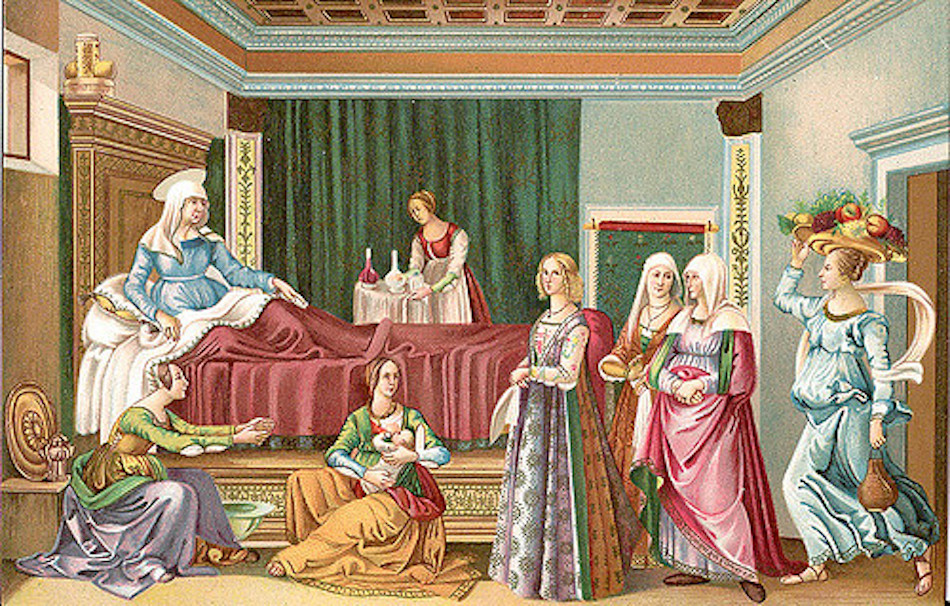
European monarchs would have crowds of around 70 “spectators,” if you will, present at the birth. This was to ensure that there was no funny business with switching future rulers away from the public's eye. In Puritan times, too, women would gather family, friends, and neighbors as support during the birth of a child. Modern women have people in the room with them as well, but it's usually not 10-70 sets of eyeballs.
2. Making Sure There Are No Knots Around
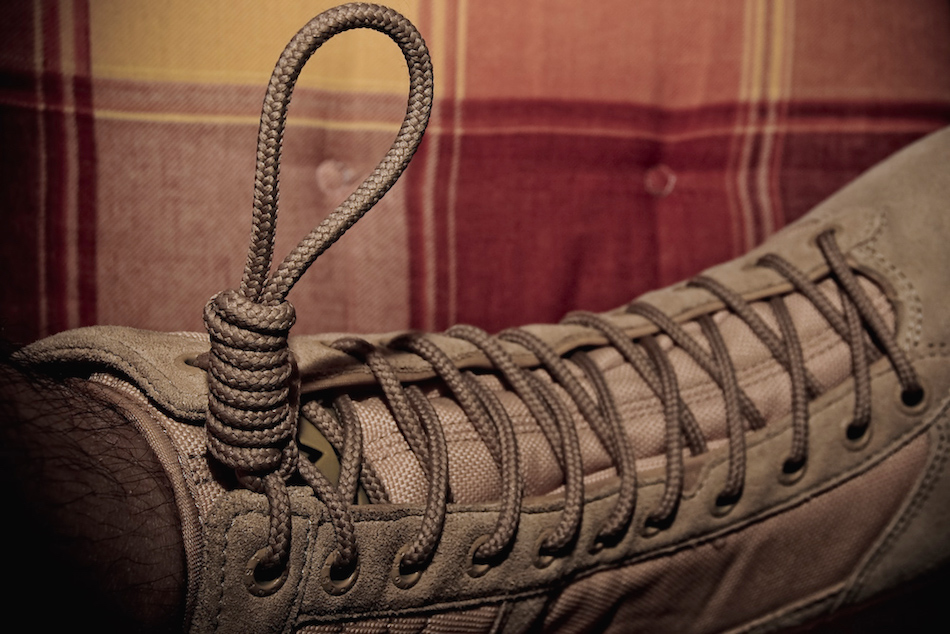
In ancient Greece, around 430 B.C. midwives would scour the room for any knots of any kind, as they were bad luck. They were thought to delay and complicate labor.
3. Wheeling In The Cheese
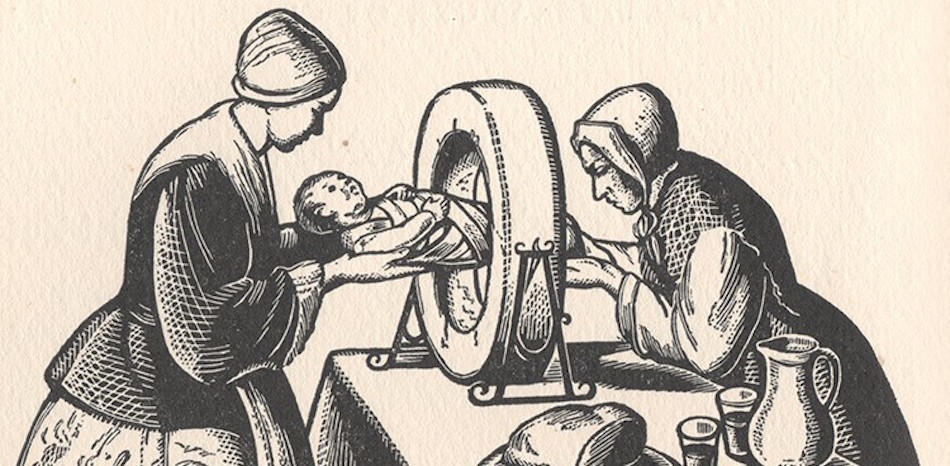
In Great Britain, fathers-to-be used to stand by during labor with a wheel of cheese. The cheese was called the “Groaning Cheese,” and it was cut in the center and served to the guests coming to welcome the new child into the world. The child would then be passed through the hollowed-out wheel.
4. Jumping Off Benches With Your Povitukha
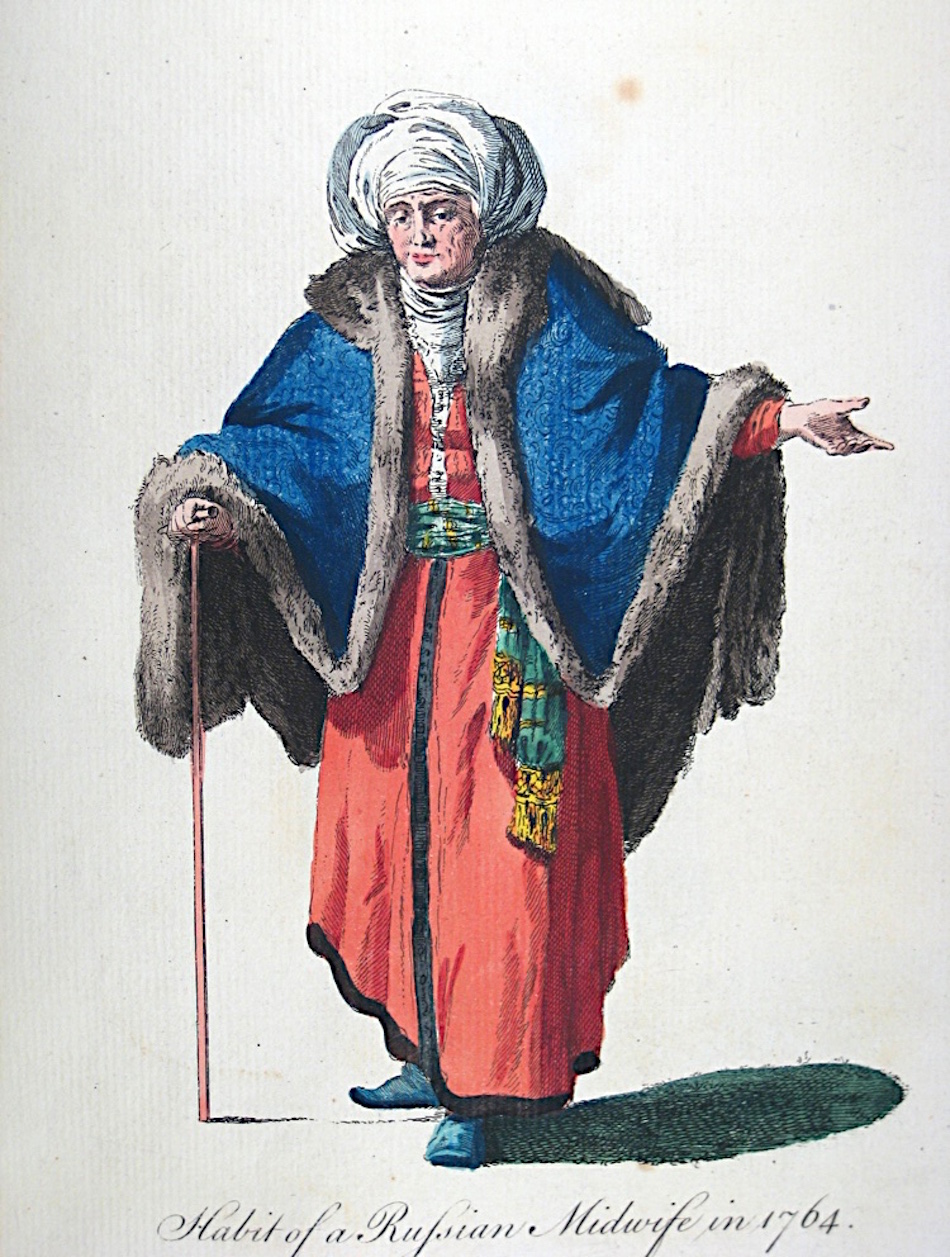
Peasants in rural seventeenth-century Russia did not have access to doctors. What they did have was their version of a midwife called a povitukha. The povitukha would have the laboring mother jump off of benches to speed the labor along. They'd also hang her from her feet and even force her to vomit. It might sound crazy, but the povitukha would also shove a rag in the mother's rear end to make sure that the baby came out of the right hole.
5. Slipping Into A “Twilight Sleep”
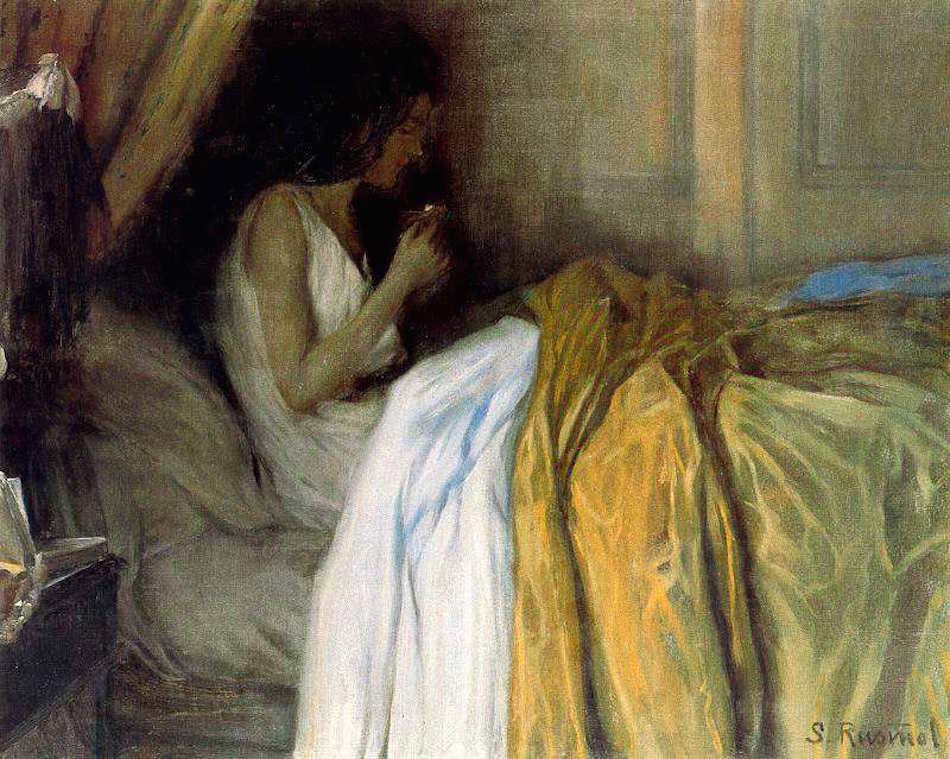
The year 1914 brought about a practice that entailed injecting the laboring woman with morphine for pain relief and scopolamine, so that she would hardly have any memory of the event at all. Unsurprisingly, the struggle to retain consciousness, the thrashing about, and the eeriness of the situation far outweighed whatever benefits there may have been.
6. Enjoying Opium
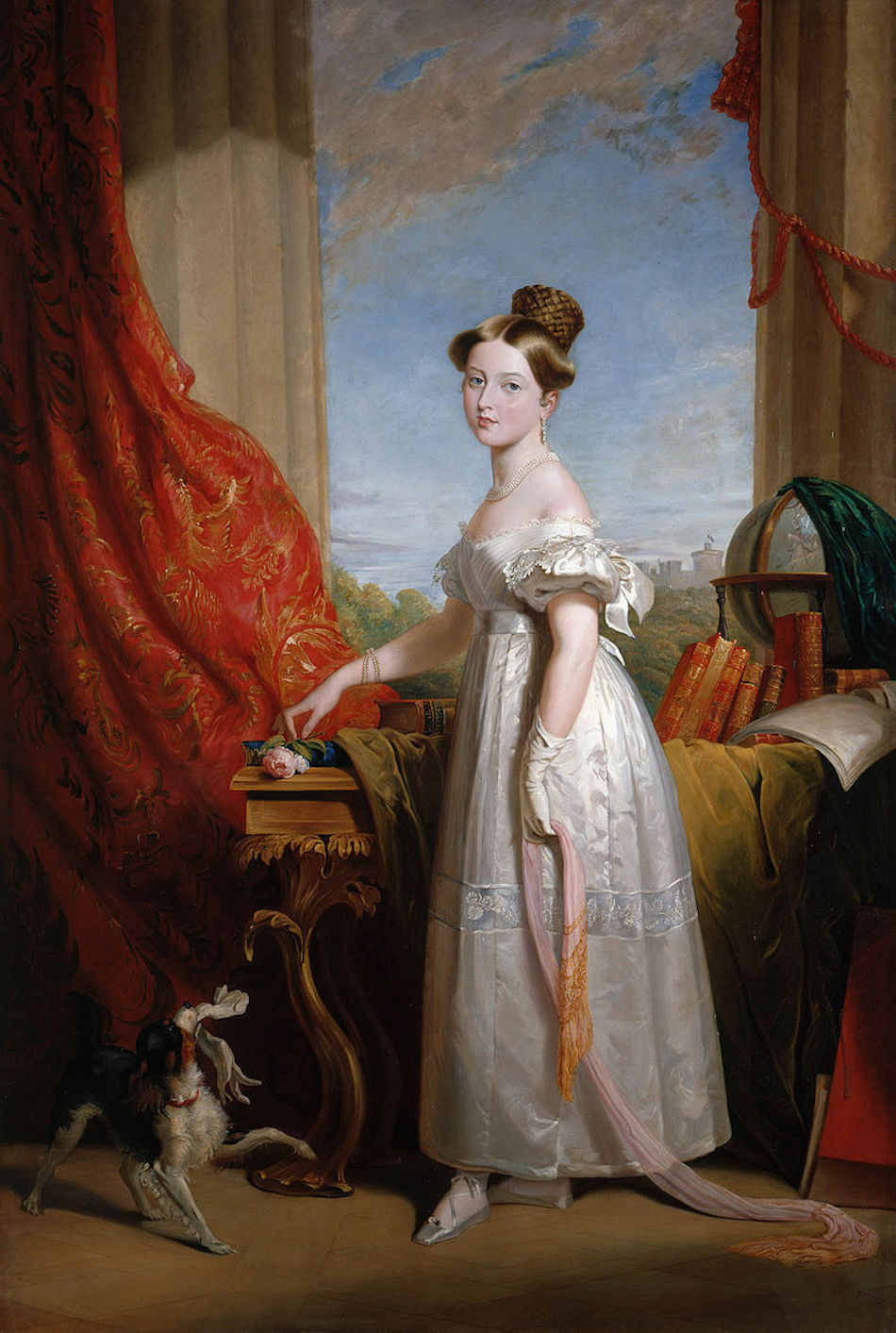
Queen Victoria had just about had it with the pain of childbirth by her eighth child and requested some relief. Up until then, it was considered ungodly to use painkillers or drugs to ease childbirth, but when the Queen did it? It started an entire revolution, for better or for worse — cocaine, opium, and nitrous oxide were among a few of the painkillers used.
7. Keeping Evil Spirits At Bay
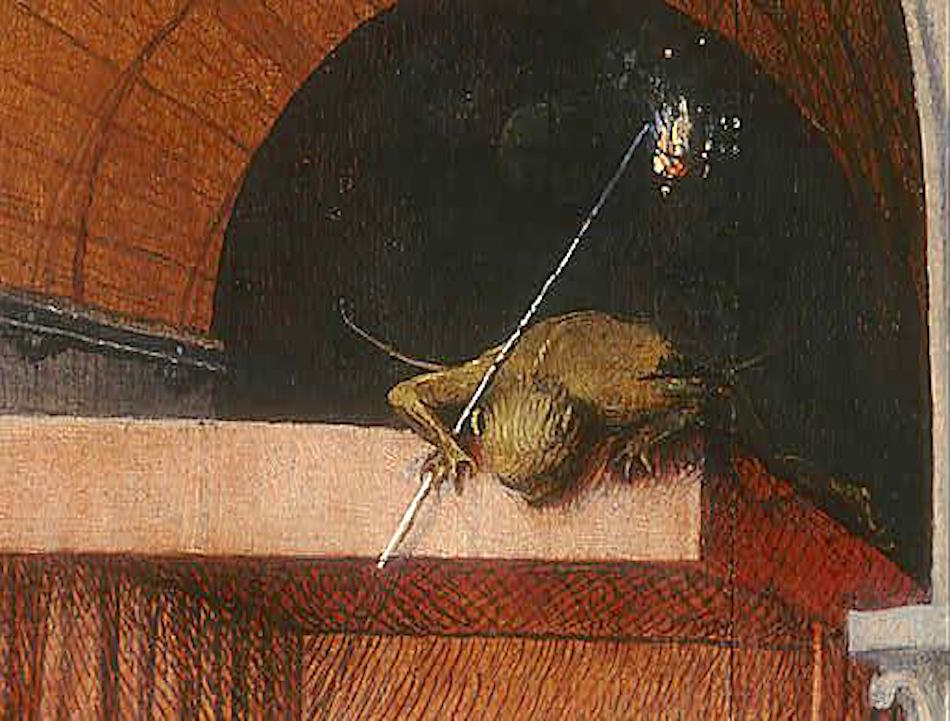
During the 1800s, instead of washing the baby immediately after exiting the womb, evil spirits were warded off by delaying a bath — for three days.
8. Staying Silent
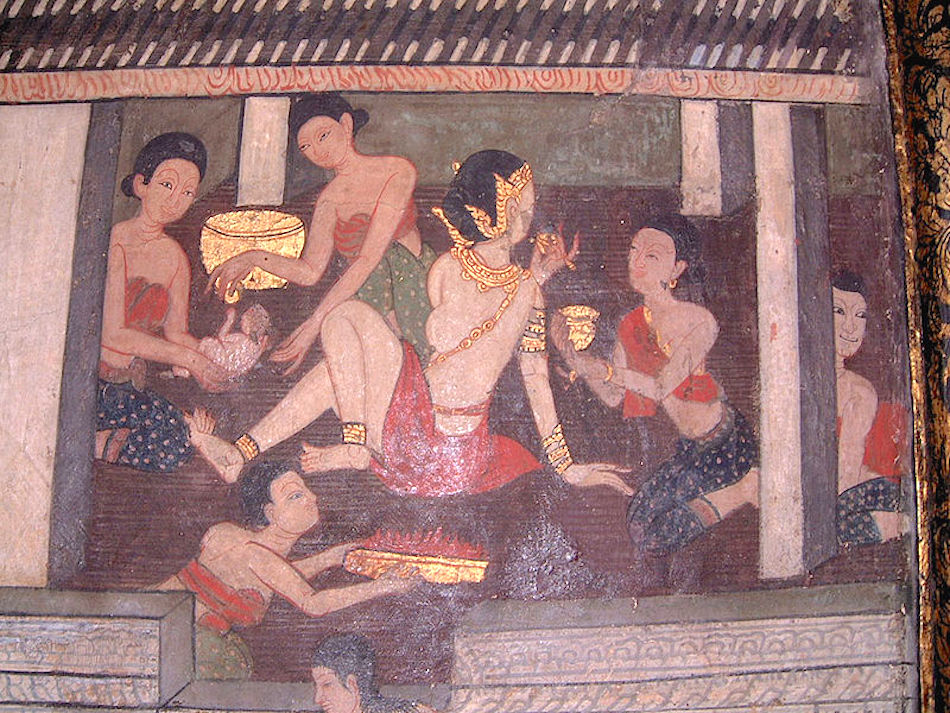
In certain cultures in the 1800s, the mother was not allowed to express her pain, but the elders that were there massaging her belly and aiding in the birth were allowed to moan and cry in her place.
9. Belly Dancing
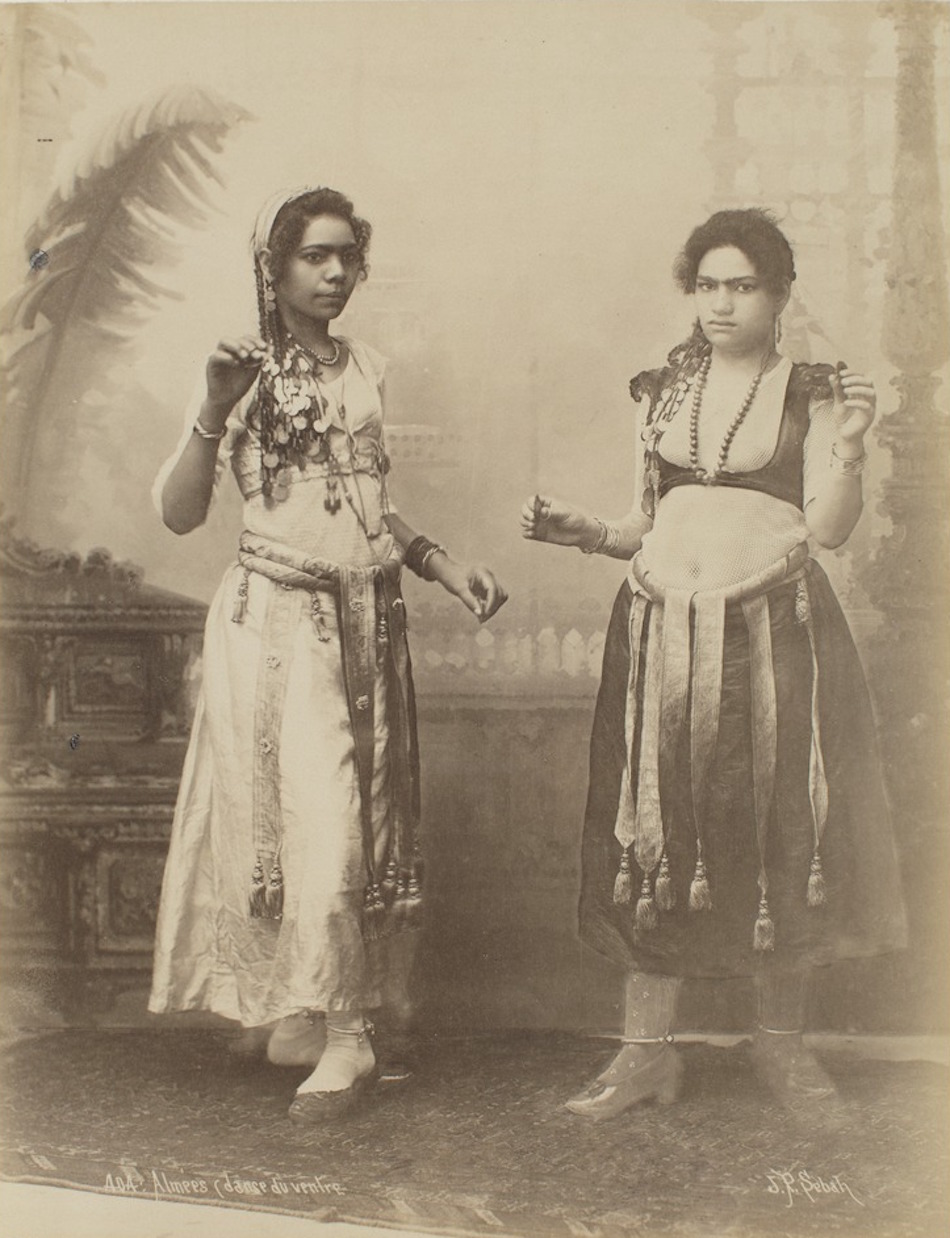
In ancient times, belly dancing was a form of honoring the great mother, the giver of life. During childbirth, the laboring mother would squat and roll her belly in anticipation for the delivery. This, unlike many other practices, actually aided in delivery, as it strengthened her abdominal muscles.
Have you ever heard of any of these practices and rituals before? Please SHARE with your family and friends on Facebook!




